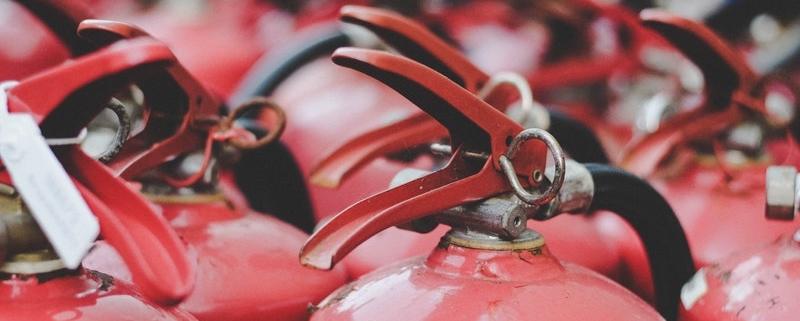Queensland Smoke Alarm Laws and you
Whether you are a home owner, a renter, a landlord or a renovator/builder, the smoke alarm legislation introduced by Queensland Fire and Emergency Services from 1 January 2017 will affect you!
As a landlord….
- Existing smoke alarms manufactured more than 10 years ago must be replaced with photoelectric smoke alarms which comply with Australian Standards (AS) 3786-2014. All smoke alarms should be interconnected within the property.
- Smoke alarms should be installed on each storey including – in every bedroom; in hallways that connect bedrooms and the rest of the property and if there are no bedrooms on a storey, at least one smoke alarm should be installed in the most likely path of travel to exit the property.
- Any person can legally install a battery powered alarm, but 240-volt hard-wired smoke alarms must be connected by a licensed electrician.
- Within 30 days before the start of a tenancy in a domestic residence, you must test and clean each smoke alarm in the property.
As a tenant….
- During the tenancy, you must test and clean each smoke alarm in the property, at least once every 12 months. To test a smoke alarm, press the ‘test’ button.
As a home owner….
- Existing smoke alarms manufactured more than 10 years ago must be replaced with photoelectric smoke alarms which comply with Australian Standards (AS) 3786-2014.
- Smoke alarms that do not operate when tested must be replaced immediately.
- It is recommended that smoke alarms be either hardwired or powered by a non-removable 10-year battery, and ionisation smoke alarms be replaced with a photoelectric type as soon as possible.
As a renovator/builder….
- All new or substantially renovated homes or units require hardwired, photoelectric interconnected smoke alarms. For existing dwellings, the smoke alarms can also be powered by a non-removable 10-year battery.
- Smoke alarms must be installed on each storey, in each bedroom, in hallways that connect bedrooms and the rest of the dwelling, and if there are no bedrooms on a storey, at least one smoke alarm must be installed in the most likely path of travel to exit the dwelling.
- It is essential to also have a well-practiced fire escape plan.
For further details, refer to Queensland Fire and Emergency Services’ website at www.qfes.qld.gov.au/community-safety/ smokealarms






